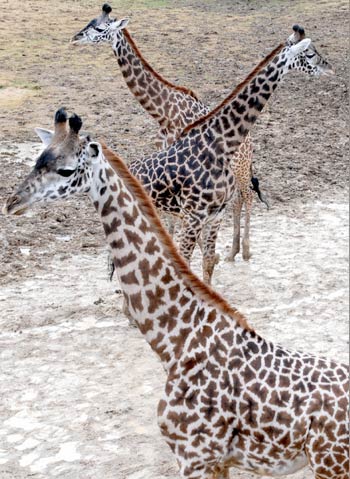In an effort to reach out to its Avondale neighbors, the
Cincinnati Zoo & Botanical Garden held its first-ever community meeting to open a dialogue about its master plan.
"The common theme to all this stuff, when I talk to folks is, 'We just want to know what's going on,'" said Mark Fisher, senior director of facilities and planning. "'We want to feel like we're part of the process.'"

The largest and most publicly-visible project is Historic Vine Street Village, the creation of a pedestrian walkway over Vine Street and a new gateway entrance to the Zoo, scheduled for completion on May 16.
"The way it is now, there's no sense of arrival," Fisher said. "With the new entrance, you'll come in and see new major restroom facilities, a gift shop, tons of pavers, a lot of stone walls. We're trying to play off of our historic status. Basically, we're the second oldest zoo in the world."
Fisher also spoke about the Africa Savannah project proposed for the Zoo's main parking lot, which has already been partially removed for the new Giraffe Ridge exhibit.
"The Africa Savannah project entails basically taking this asphalt, ripping it up, and turning into basically an open belt of giraffes, zebras, gazelles, ostriches, and all kinds of cool stuff," he said. "So that will end up turning into arguably the best exhibit we have, in terms of size, number of species, and things like that. Funding is an issue, so that's going to be a couple of years down the road."
Other smaller projects in the pipeline include an expansion of the Dury Avenue parking lot, rehabilitation of the City Barn, a final fix for the "Forest Avenue Hill Heave", and the incorporation of green space onto some of the Zoo's neighborhood real estate holdings.
Fisher added that through better storm water management, new mechanicals, and LEED certification for all of its new buildings, the Zoo has been able to lessen its annual water usage by 40 percent and its annual energy bills by 15 percent.
The zoo is also exploring using its plentiful supply of biomass to produce electricity, he said.
Writer:
Kevin LeMasterPhotography by Scott Beseler
Enjoy this story?
Sign up for free solutions-based reporting in your inbox each week.